The African elephant, the largest land mammal on Earth, is a symbol of strength, wisdom, and resilience. These magnificent creatures roam the vast landscapes of Africa, playing a crucial role in the ecosystem. This article explores the fascinating world of African elephants, their biology, behavior, and the challenges they face in the wild.
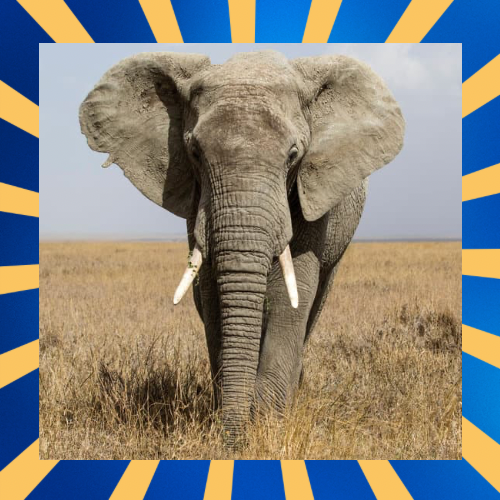
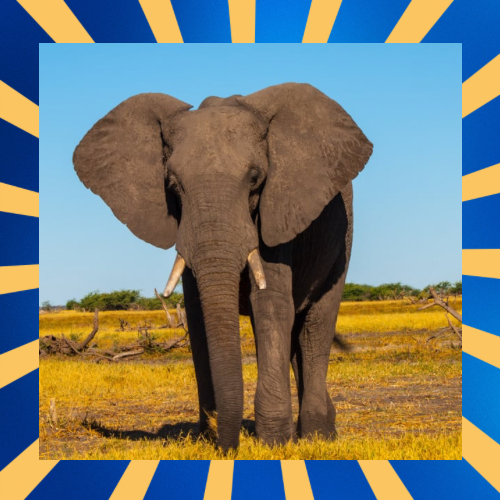
The Anatomy of Grandeur
African elephants (Loxodonta africana) are the epitome of size and grandeur in the animal kingdom. Adult males, known as bulls, can weigh up to 12,000 pounds and stand over 13 feet tall at the shoulder. Females, though smaller, are still formidable, weighing up to 8,000 pounds and standing about 10 feet tall
The elephant’s most distinguishing features are its large ears, which are not only used for hearing but also for thermoregulation. Flapping their ears helps to cool their blood, which is an adaptation to the often scorching temperatures of their habitats. Their trunk, an elongated fusion of the nose and upper lip, is a versatile tool used for breathing, smelling, touching, grasping, and producing sound. With over 40,000 muscles, the trunk is incredibly strong and dexterous, capable of picking up small objects or tearing down tree branches.
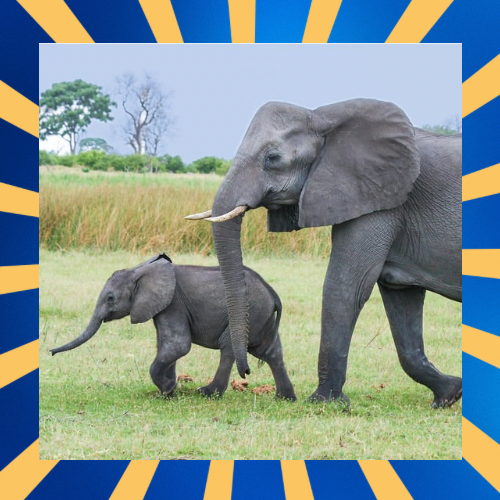
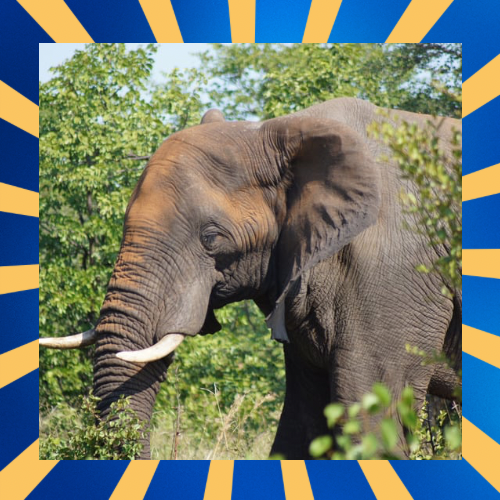
Their tusks, elongated incisor teeth, serve various purposes such as digging for water, stripping bark from trees, and as formidable weapons. Unfortunately, these valuable tusks are also the main reason elephants are targeted by poachers, leading to significant declines in their populations.
Behavior and Social Structure
African elephants exhibit complex social behaviors and live in matriarchal family groups. These groups are usually led by the oldest and often most experienced female, known as the matriarch. Her wisdom and memory of migration routes, water sources, and safe havens are vital for the survival of the herd.


The family groups consist of related females and their offspring, while males leave the group upon reaching puberty. Adult males tend to live solitary lives or form loose associations with other males, known as bachelor groups. During musth, a period of heightened sexual and aggressive activity, males compete for mating opportunities.
Elephants communicate through a range of vocalizations, from trumpeting to low-frequency rumbles that can travel several miles. They also use body language and seismic signals to convey messages. Their intelligence and emotional depth are evidenced by their ability to show empathy, mourn their dead, and remember past events and locations.
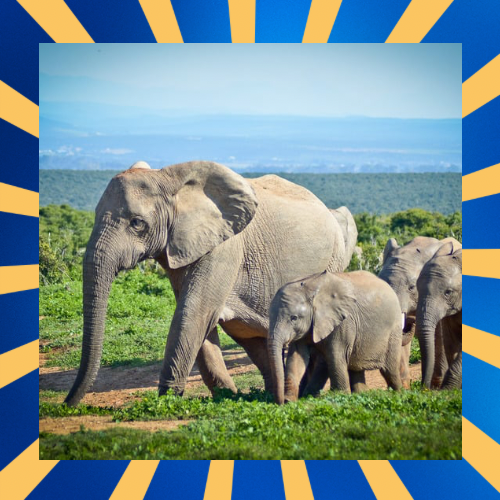

The Ecological Role of Elephants
African elephants are often referred to as “ecosystem engineers” due to their profound impact on their environment. Their foraging habits, which include uprooting trees and creating water holes, help shape the landscape, promoting biodiversity. By dispersing seeds through their dung, elephants facilitate the growth of numerous plant species, maintaining the balance of their ecosystems.
Their migratory patterns are critical for the health of their habitats. As elephants move across vast areas, they help to create and maintain open spaces, which benefit a wide array of other wildlife species. This movement also ensures that vegetation does not become overly dense, which can reduce the risk of wildfires.


Conservation Challenges
Despite their importance, African elephants face numerous threats. Habitat loss due to agricultural expansion, human settlements, and infrastructure development has significantly reduced their living space. Human-elephant conflict often arises when elephants raid crops or encroach on human territories, leading to retaliatory killings.
Poaching for ivory remains one of the most significant threats. Although international trade in ivory was banned in 1989 by the Convention on International Trade in Endangered Species (CITES), illegal poaching persists, driven by high demand in some markets.
Climate change is another emerging threat, altering the availability of water and food resources, and exacerbating the existing challenges elephants face.


Conservation Efforts and Future Outlook
Efforts to conserve African elephants are multi-faceted, involving anti-poaching measures, habitat protection, and community engagement. Anti-poaching units equipped with advanced technology, such as drones and GPS tracking, are vital in combating illegal hunting. Protected areas and wildlife corridors are essential for providing safe havens and facilitating migration.
Community-based conservation initiatives that involve local populations in protecting elephants have shown promise. By providing economic incentives and education, these programs aim to reduce human-elephant conflict and garner local support for conservation efforts.
Organizations like the African Wildlife Foundation, Save the Elephants, and the World Wildlife Fund are at the forefront of these efforts, working tirelessly to ensure the survival of African elephants.
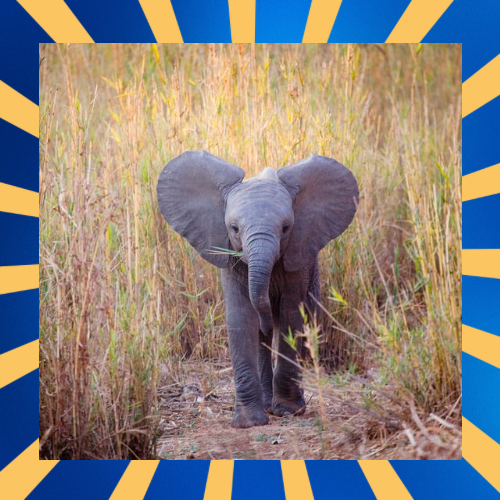
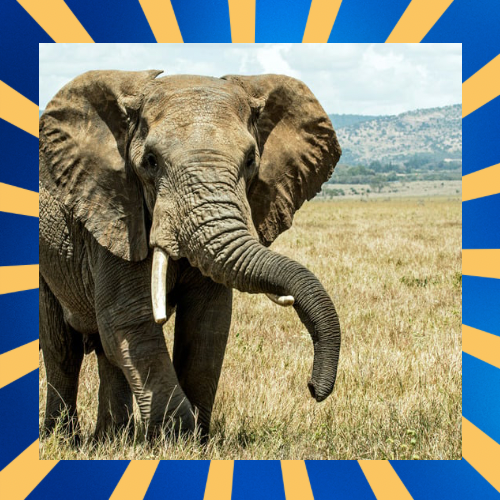
Interesting facts and behaviors
Two Species: There are two species of African elephants:
African Bush Elephant (Loxodonta africana): The larger of the two, found in savannas and grasslands.
African Forest Elephant (Loxodonta cyclotis): Smaller, with straighter tusks, living in dense rainforests.
Trunks Are Multi-Tools: An elephant’s trunk is a highly versatile organ with over 40,000 muscles (compared to about 600 in the human body). It’s used for breathing, smelling, touching, grasping, and even producing sounds.
Highly Intelligent: African elephants are among the most intelligent animals. They have large brains and exhibit behaviors like problem-solving, tool use, and self-awareness (they can recognize themselves in mirrors).
Excellent Memory: The saying “an elephant never forgets” has some truth to it. Elephants have remarkable memories, which help them remember locations of water sources, recognize individuals, and navigate their vast habitats.
Communication: Elephants communicate using a variety of sounds, including infrasound (low-frequency sounds) that can travel long distances. They also use body language, touch, and seismic signals (vibrations through the ground).
Herbivores with Big Appetites: African elephants are herbivores, consuming up to 300 pounds (136 kg) of food daily. Their diet includes grasses, leaves, bark, and fruits.
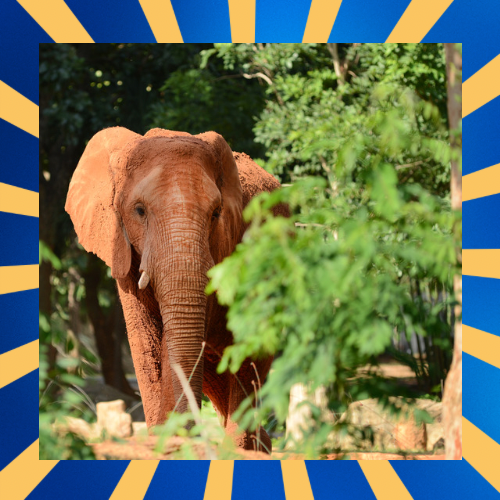

Long Gestation Period: Elephants have the longest gestation period of any mammal—22 months. Calves weigh around 200 pounds (90 kg) at birth and are cared for by the entire herd.
Mud and Dust Baths: Elephants love to cover themselves in mud or dust to protect their skin from the sun, insects, and parasites. It acts as a natural sunscreen and bug repellent.
Emotional Creatures: Elephants are known to display emotions like grief, joy, and empathy. They mourn their dead and have been observed showing concern for injured or distressed herd members.
Long Lifespan: African elephants can live up to 60–70 years in the wild, with some individuals living even longer in captivity.
Fun Fact: Elephants can’t jump! Their massive size and weight make it physically impossible for them to lift all four feet off the ground at once.
Conclusion
The African elephant is more than just a majestic creature; it is a keystone species that supports the health and diversity of its ecosystem. Their survival is intricately linked to the well-being of the environments they inhabit. Protecting African elephants requires a concerted effort from governments, conservationists, and local communities. By valuing and safeguarding these gentle giants, we not only preserve a vital part of our natural heritage but also ensure the health and balance of our planet’s ecosystems.

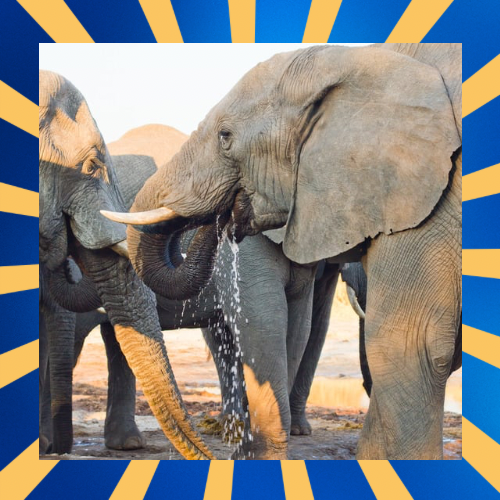
References
1. World Wildlife Fund – African Elephants. https://www.worldwildlife.org/species/african-elephant
2. National Geographic – African Elephant. https://www.nationalgeographic.com/animals/mammals/facts/african-elephant
3. Save the Elephants. https://savetheelephants.org
5. Convention on International Trade in Endangered Species (CITES). https://cites.org/eng/disc/what.php





Thanks for the article
I recommend
Thanks for the article
Thanks for the article
Thanks for the article